A while back, my friend LeeAnn Meduna gave a guild program on her machine quilting journey. She started out quilting on a domestic sewing machine, and later she got a longarm. Her quilts were beautiful and inspiring, but one thing she said really stood out for me.
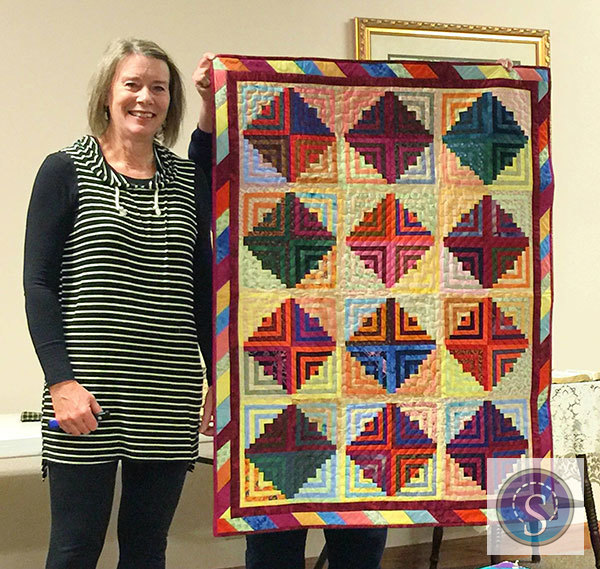
LeeAnn brought along her sketchbook, in which she had spent hours and hours drawing quilting ideas with a pencil. She said it was the most important part of learning to machine quilt. I thought about that for a long time. Really?! The most important part! Who knew?
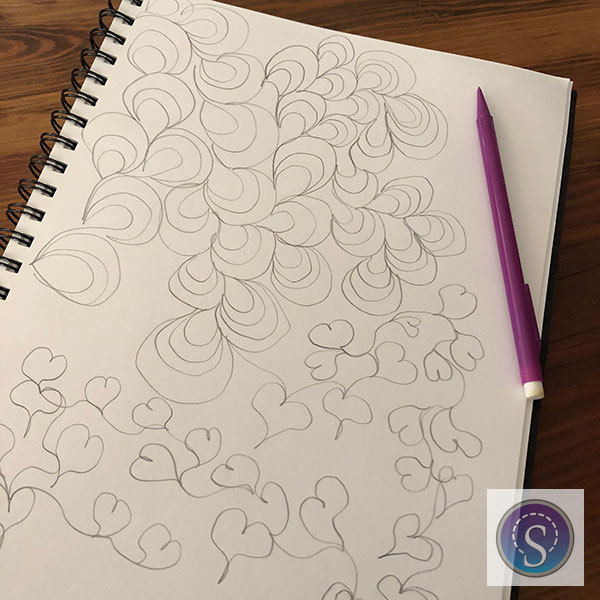
You may have heard the term “muscle memory.” I did some research into what that really means. I like this explanation from lifehacker.com:
Muscle memory is not a memory stored in your muscles, of course, but memories stored in your brain that are much like a cache of frequently enacted tasks for your muscles. It’s a form of procedural memory that can help you become very good at something through repetition…
Think of tying your shoes or signing your name. You’ve done those things so many times that the procedure is stored in your brain. You don’t even have to think about it.
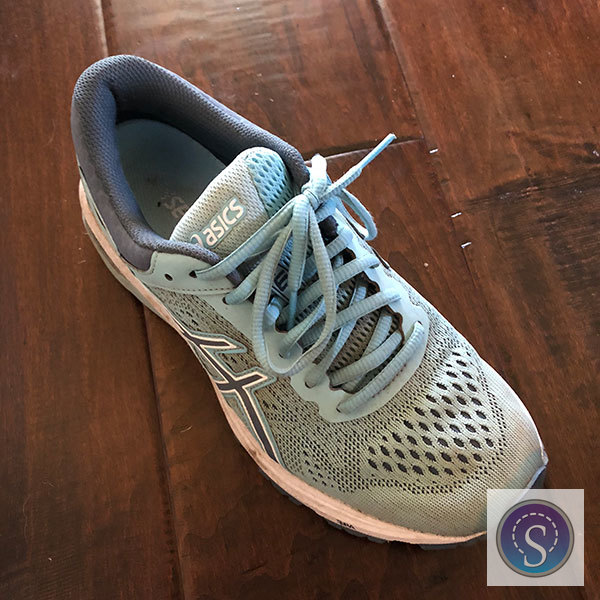
Have you ever watched a child who is just learning to tie his shoes? You can almost see the wheels turning in his little mind. He thinks about each step in sequence, and about how to complete each one. Eventually he will become like you, having built muscle memory so that he doesn’t think about the process at all. He just does it.
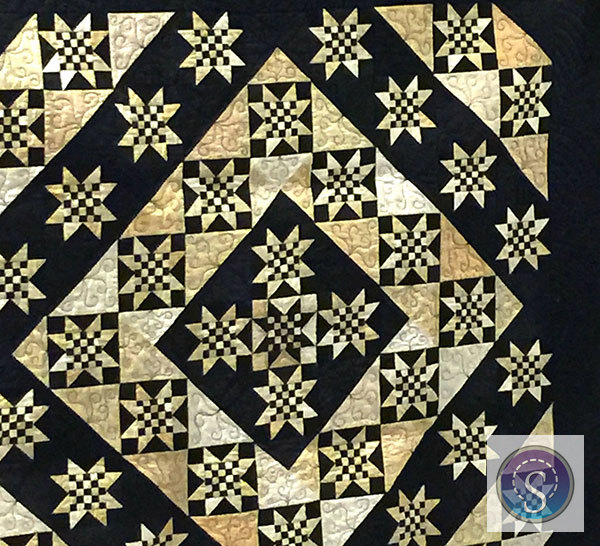
Machine quilting is like that. It doesn’t matter if you’re quilting on a domestic like HQ Stitch or a longarm like Handi Quilter. It’s tremendously helpful if you have the shapes engraved on your brain, so to speak, so that you can just quilt them without thinking too hard.
You’ll have smoother shapes. You’ll have a better idea of how the shapes fill up the spaces, where to go next and how best to get there.
I love Handi Quilter’s Minute Motifs for this purpose. Each one lasts about a minute, so it doesn’t take up much of your day.
Each Minute Motif video focuses on a single quilting design. It shows a quilter’s finger tracing the design so you can see exactly how it’s done. Select the full-screen icon at the bottom right of the screen to get the best view. It’s the one on the far right.
The full-screen icon is the one on the far right. Click it to make the video fill up your computer screen.
After you’ve watched the video a couple of times, download the free pdf which is listed with every Minute Motif video. Print it and then trace it over and over with your finger. Each repetition helps build your muscle memory of that motif.
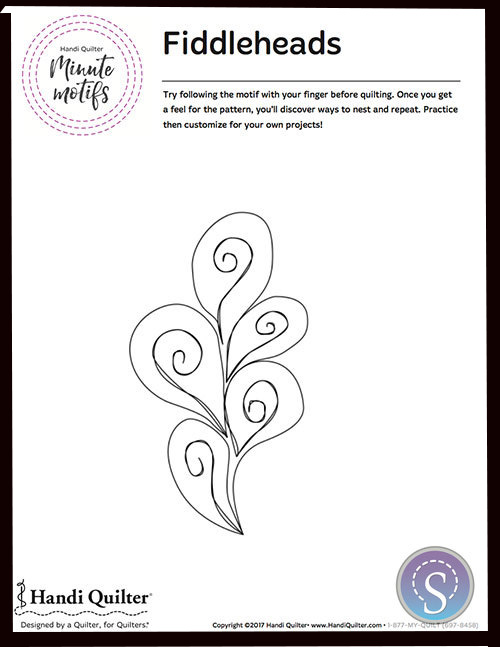
Get out your sketchbook (any notebook will do, it doesn’t need to be fancy) and pencil and draw it yourself a couple of times or until you feel comfortable and the motif looks good. Repeat this process daily for several days, and then layer up a practice sandwich and give it a try on your sewing machine or your longarm.
If you cultivate your muscle memory in regard to machine quilting on a regular basis, you’ll improve greatly. As LeeAnn said in her program, drawing in your sketchbook may be the most important part of learning how to machine quilt, no matter what kind of machine you’re using.
Here are some of my favorite Minute Motifs.
Lasagna
Bananas
Double Wavy Grid

Thanks Diane! I have never thought to keep a journal for muscle memory… it will look just like I’m doodling. Think I’m going to try this and thanks for pointing out the videos too!
Hi Mary Hope, so nice to see you here! 🙂